Village Vibes 2.0: What will Holland Village look like in the next three years?
Come 2022, mixed-use development One Holland Village will redefine one of Singapore’s most beloved neighbourhoods. Here, architect Siew Man Kok tells us what to expect.
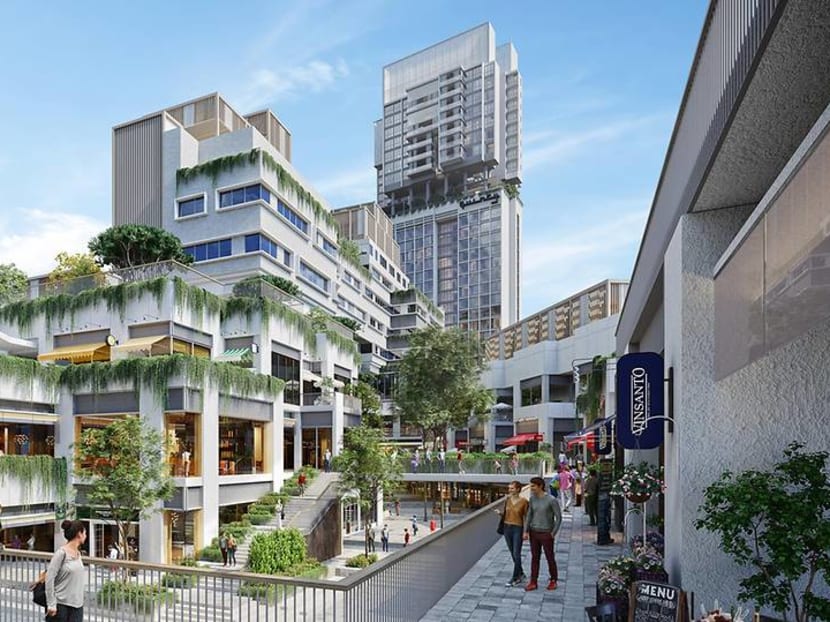
The retail portion of the development features open-air corridors for people to walk through even when shops are closed. (Photo: Far East Organization)
Architect Siew Man Kok recalls patronising Holland Village 30 years ago as an architecture student at the nearby National University of Singapore (NUS). “Then, Holland Village was known because of its expatriate community who stayed at Chip Bee Gardens and attracted many F&B establishments. What is interesting is the healthy cross-pollination of the expatriate and local lifestyles over the years,” he said.
Siew is the co-founder of MKPL Architects which is behind One Holland Village's design. He founded the firm with Cheng Pai Ling in 1995.
The mixed-use development comprising residences, retail, offices and community spaces is the newest and most integrated addition to the rustic cluster.
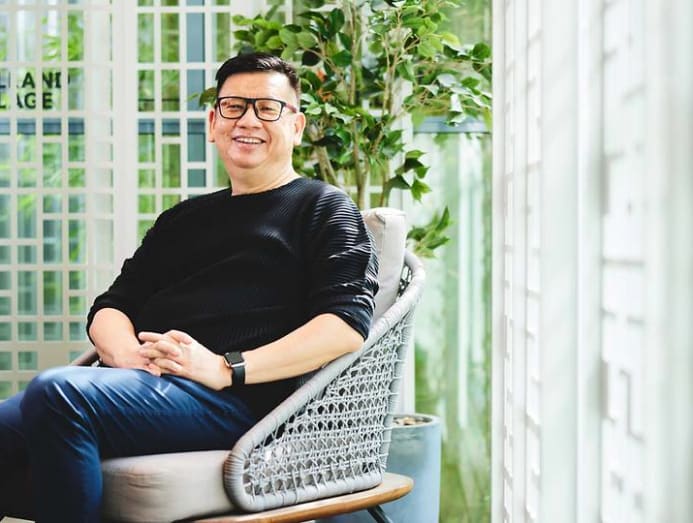
To materialise between 2022 and 2024, it is a joint venture between Far East Organization, Sekisui House Limited and Sino Group, which was awarded the tender under the consortium Stirling Land Holdings for a 99-year-old leasehold land parcel at Holland Road.
The plot is situated in the large, open-air carpark that serviced Holland Village for many years. There will be more than 400 carpark lots in the new development. Behind the shophouses along Lorong Liput, a ziggurat-like building housing 13,500sqm of retail space and 7,500sqm of offices has wavy facades that mimic Holland Village’s meandering streets.
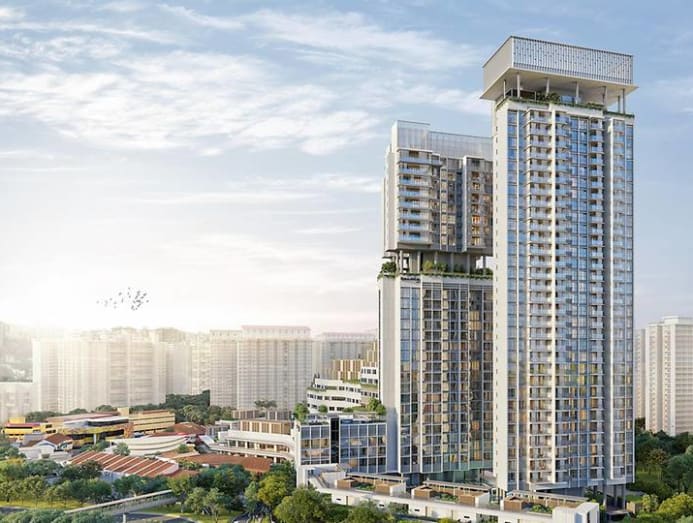
There are two residential towers offering three living concepts under the One Holland Village Residences umbrella: Quincy House is a 255-unit serviced apartment capped with Quincy Private Residences – 27 exclusive units with private lifts; the 248-unit Sereen with one- to-three-bedroom apartments is housed in the other block; and Leven is a row of low-rise abodes with third-storey units linked to roof terraces via spiral staircases just like in old shophouses.
One Holland Village concretises URA’s plans for Holland Village as one of Singapore’s endearing Identity Nodes and a distinct lifestyle destination. Siew’s team studied the distinctive shophouse typology, street patterns and lifestyle habits of residents and visitors in order to create a sensitive and well-integrated scheme.
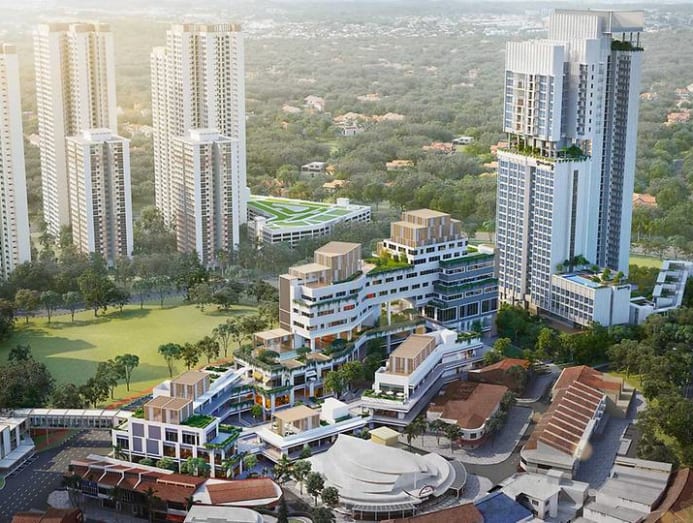
READ> This residential property will boast Singapore’s first underwater sanctuary
“One Holland Village is part of the existing Holland Village so we thought it was critical that it is designed to be a continuation of the development,” said Siew.
For example, existing roads segue into One Holland Village’s multiple entry points organically, leading into community spaces such as a landscaped Village Green and Village Square that can hold craft markets and other communal activities.
“One Holland Village is part of the existing Holland Village so we thought it was critical that it is designed to be a continuation of the development.” – Siew Man Kok
The retail portion features open-air corridors for people to walk through even when the shops are closed. An overhead bridge links from One Holland Village to the Holland Avenue Park across the road as a continual loop for park-goers, cyclists or residents on saunters or those walking their pets.
“Even if one did not come for shopping, one can encounter the park experience and communal spaces. The route is naturally built into the fabric,” said Siew.
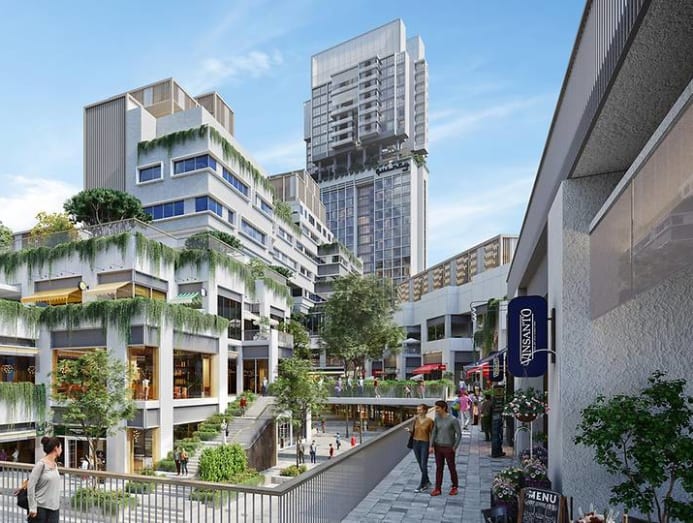
Plentiful greenery, shade and open spaces will establish a park-like setting right into the heart of Holland Village. Landscaping rather than hard walls separate the residential and retail components.
This open-air and greenery aspect suits pandemic conditions to a T. The shift from an enclosed, air-conditioned mall to one that is tropically attuned is in tandem with current discussions on wellness in public spaces.
Siew hopes that the village vibe will not only be retained, but also enhanced with improved connectivity and amenities. It is important as Holland Village has a unique place in the psyche of Singaporeans as well as the nation’s urban planning narrative.
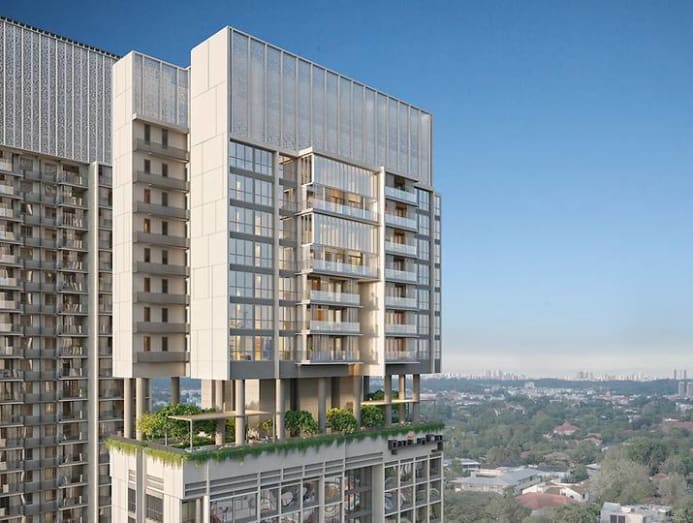
Its hybridised flavour of expatriate and local culture is rooted in history. From the 1930s to 1945, the British Military base at nearby Buona Vista Road prompted the increasing need for recreational and shopping services.
The Holland Village market and shophouses along Lorong Mambong and Lorong Liput were thus built. The subsequent construction of the terrace houses in Chip Bee Gardens for married soldiers added to the bustle.
“[The development] wasn’t planned for the pandemic but the underlying philosophy to design this space with a lot of generosity, greenery, public amenities for users to enjoy at anytime [aligns with the pandemic’s back-to-basics mindset].” – Siew Man Kok
As expatriates from various nations moved to Singapore, they came to live and around Holland Village, sending their children to the many international schools in the area. In the 1970s, 20 blocks of HDB flats increased local footfall. The opening of Holland Village MRT Station in 2011 enhanced accessibility, drawing more crowds.
Holland Village was pertinent in introducing Singaporeans to many new experiences. While the expatriates trawled Lim’s Art & Living for Southeast Asian-style furnishings, they also created demand for F&B offerings such as Palm’s Wine Bar that started the wine bar trend in Singapore.
Siew hopes to capture this endearing spirit that is treasured by both the old and new generation of Singaporeans in One Holland Village. “If the shops and services are curated right to continue the tradition of what people like this place for, it will be appealing,” he said.
The office component is something new that will support a healthy work-play-live culture. It extends the vibe of surrounding office clusters such as The Metropolis in Buona Vista Drive and one-north business park right into Holland Village itself. The workspaces will have access to a generous, landscaped deck that can hold business events.
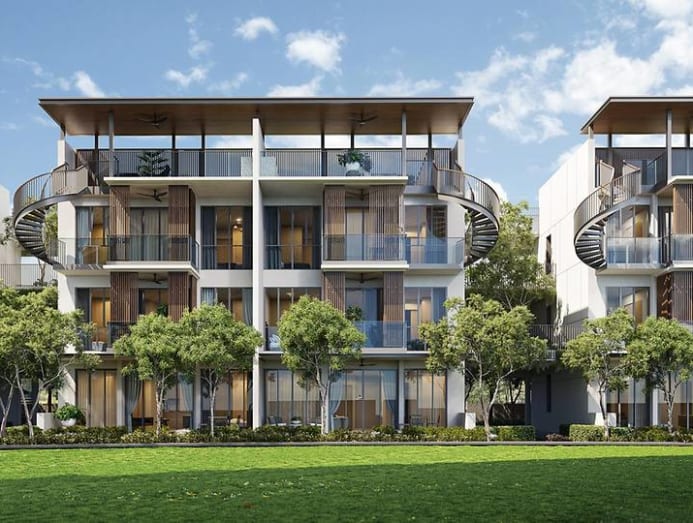
“The workers can come here to do their work or take a break, which is so important now. It wasn’t planned for the pandemic but the underlying philosophy to design this space with a lot of generosity, greenery, public amenities for users to enjoy at anytime [aligns with the pandemic’s back-to-basics mindset],” said Siew.
Holland Village will also be enriched with creative components. Art house cinema The Projector and non-for-profit arts organisation The Rice Company Limited have confirmed their presence in One Holland Village. Far East Organization will also inject an investment sum of S$20 million to beautify One Holland Village through public art.
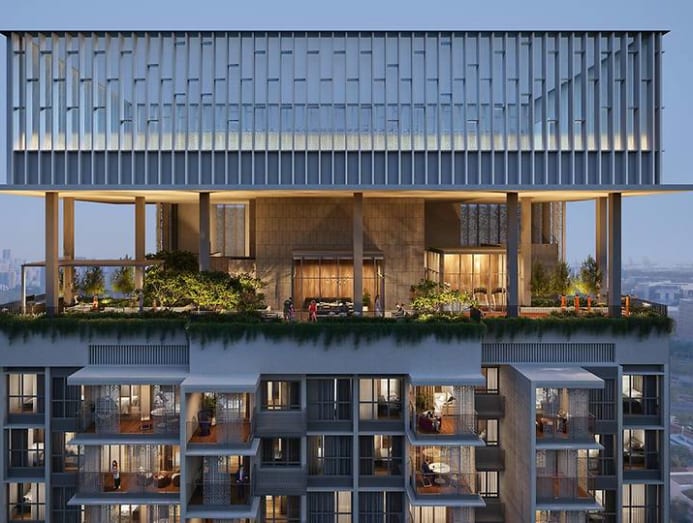
This metamorphosis of Holland Village suits a new generation who are well travelled, aware of trends and who welcome collaboration and spontaneity.
“My parents’ generation was brought up to defer to authority and treat friends with a lot more distance. But over time, especially for the current generation, the relationship between different groups is not so hierarchical. People are forming their own interest groups and communities,” observed Siew.
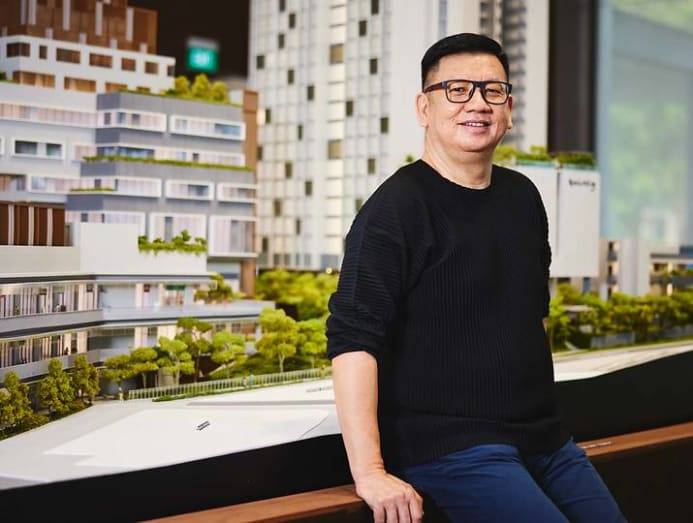
This trickles down to how people want to live their lives and what kind of offices they want to work for. Siew cites examples of courageous young entrepreneurs who set up lifestyle shops and cafes.
“I hope One Holland Village will attract this sort of people who want to set up businesses here, work and live here; the whole idea is to build a community rather than just consider how much we can get out of each square foot.”
“I hope One Holland Village will attract… people who want to set up businesses here, work and live here; the whole idea is to build a community rather than just consider how much we can get out of each square foot.” – Siew Man Kok



